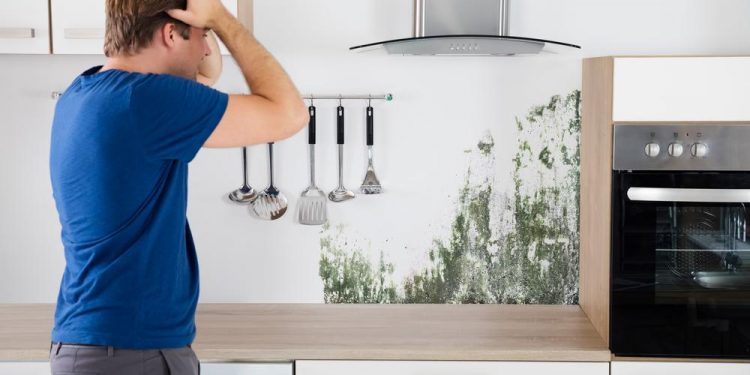No homeowner wants to find mold growing in their house. Unfortunately, mold in the home is common. There are several reasons why there might be mold growing inside a house.
The best thing you can do is detect the mold in its early stages and then have it removed before it can spread. In order to detect the mold before it spreads, you need to know how to tell if you have mold. Do you know the signs of mold?
Do you know how to tell if there’s mold in your home? In this guide below, you’ll learn several different signs of mold in the house. Continue reading to find out more and stop it in its early stages!
Signs or Knowledge of Water Damage
Water damage in the home can lead to the growth of mold if not cleaned properly. Check your home for signs of possible water damage. Do you see water stains on your walls or ceilings?
Mold on ceiling tiles, drywall, or plaster can stay hidden for quite some time. You may be able to see the water stains, but just because you can’t see the mold doesn’t mean it’s not there. The mold most likely is growing on the side of the ceiling you can’t see.
Only when the issue becomes worse will it make its way to the other side. Visible water stains aren’t the only signs of water damage, though.
Do you know of any floods inside the home? Even if a flood was years ago, there’s still the potential of mold from way back when that old washer machine flood the laundry room. Check areas where you know water damage once was.
Random Leaks Throughout the House
The next step should be to walk around your house and check for signs of random leaks, even small ones. A leaky faucet, AC unit, or something else can cause mold to grow over time. Be sure to check every area of the home where plumbing exists.
If you find a leak, repair it and then check its surroundings for signs of mold. If any damage was caused due to the leak, such as water damage to wood or other materials, then have these materials replaced.
Foul and Musty Odors
Mold tends to have a foul and musty odor to it. You may not notice it while inside your home because you become used to it. Try to notice any hints of musty odors after coming home from a long day outside of the house.
If you notice a foul smell, you can then begin to start your hunt to find the culprit. If the smell is stronger in a certain room in the house, then this might be where the mold is coming from. Have specialists come in and inspect it for mold.
Warped Walls and Floors
Certain materials in the home will warp when moisture’s absorbed. Be sure to check your drywall and your wood flooring for signs of warping. If warping is present, then this means moisture is present.
When moisture’s present, there’s a good chance that mold is as well. Any materials in the home holding moisture should be repaired or replaced. Once you start the repair process, you might discover mold growing nearby.
Health Issues When in the House
Mold can cause health issues ranging from mild to severe reactions. When you’re inside your home, you shouldn’t feel as though your own house is making you sick. Try to take note of how you feel each time you’re at home and each time you lay down for bed.
Are you constantly coughing and sneezing? Are your eyes itchy, and is your nose running? Although these are typical signs of common allergy symptoms, they could also mean you’re battling mold inside your home.
Headaches and sore throats could also point to mold exposure. Be sure to get checked out by a doctor and then have your home tested for mold.
Present Moisture or Condensation
There doesn’t need to be a history of flooding or leaks in your home in order for it to be taken over by mold. Any present moisture or condensation build up in your home could also point to mold. Check certain locations in the home that are more susceptible to moisture, such as the window panels, the AC unit closet and vents, the cabinets under sinks, the bathrooms, laundry room, and more.
If you see any signs of moisture or condensation, then you need to be sure not only to remove the water but to correct the problem and prevent it from happening again as well.
Visible Signs of Mold
The last tell-tale sign that you have a mold problem inside your home is the visible presence of mold. If you see mold growing in your home, then there’s no doubt that mold is present. In many cases, if mold has made its way to a visible location, then the issue might be worse behind the walls or ceiling.
Also, keep in mind that not all mold is black or dark-colored. Mold can come in a variety of colors and appearances. There’s pink mold, orange mold, white mold, and many other colors and variations of colors.
If anything seems off, then it’s a good idea to have it tested for mold.
Here’s How to Tell if You Have Mold
Knowing how to tell if you have mold in your home is the first step to keeping your house mold-free. Once you know what to look out for, you can then catch it before the problem worsens. Keep these signs of mold in mind and keep you and your home safe!
Interested in more real estate and home topics? Visit on a regular basis for new posts.





